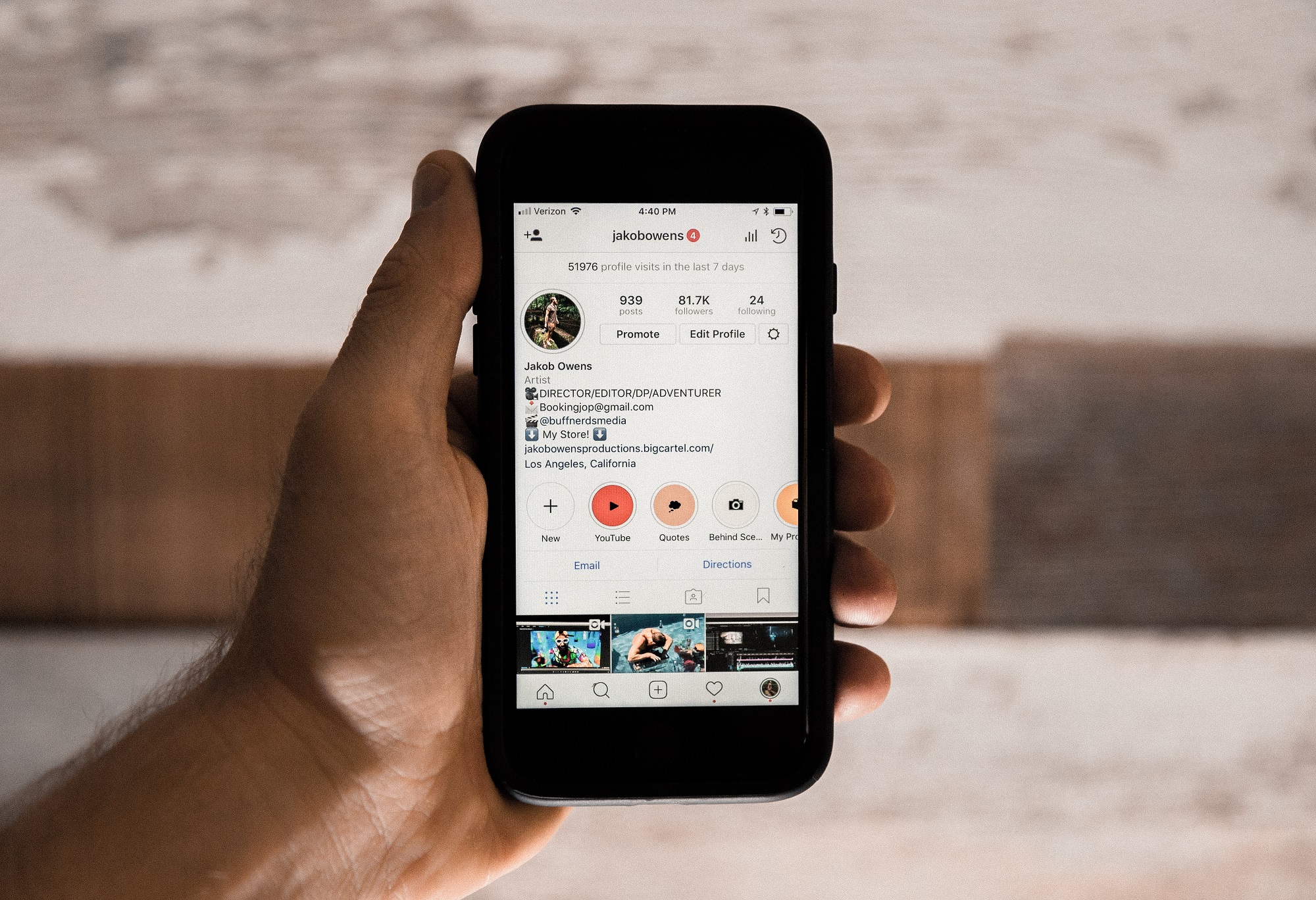
Influencer marketing has become a big industry. Estimated to be worth $1.7 billion in 2016, the industry has grown exponentially since then and is now expected to reach almost $14 billion by 2022. It goes without saying that influencer marketing is here to stay. As more platforms like TikTok emerge and mint new influencers, so do the opportunities for brands looking to target this marketing channel.
While influencers exist on just about every social media platform, it’s Instagram that has played a major role in the development and progress of this industry. The Facebook-owned social network is very content forward. It prioritizes photo and video content. That has enabled influencers to build communities around their specific niches by showcasing their skills, talent, etc.
Instagram influencer marketing is also a great fit for businesses in many niches. For example, fashion brands collaborate intensively with influencers on Instagram. A lot of people look for new fashion products on this social network so spending their marketing dollars there becomes a no brainer for brands. The same holds true for other niches like fitness, travel, wellness, etc.

The Instagram influencer pricing dilemma
This is something that many brands that are just starting out with Instagram influencer marketing struggle with. How do you quantify the rates that these influencers ask for a post or story? Never make the mistake of simply looking at the followers counts. That’s actually one of the worst metrics you can consider when deciding how much to pay an influencer.
It’s no secret that follower counts can easily be manipulated. There’s no shortage of services that sell fake Instagram followers so that people can show that they have a large following when in reality they don’t.
An easy way to spot an artificially inflated follower count is to look at the engagement on posts. If an influencer appears to have a million followers but barely gets a hundred or so likes and comments on their posts, there’s a high chance that their follower count isn’t accurate.
This is just one of the multiple factors that should be considered when working out Instagram influencer pricing. There are also other factors that may be less quantitative but can help in reaching a decision. They include factors such as access to a niche audience, talent and even celebrity status.

Tips on how to determine Instagram influencer pricing
- Understand the different tiers of influencers
Not all Instagram influencers are created equal. On one hand you have micro-influencers that have anywhere from 10K to 50K followers. The numbers might seem low but they often provide access to a highly targeted niche community. Micro influencers also tend to have a more loyal and engaged following.
The mid-tier influencers are ones that have up to 1 million followers while the mega influencers have over 1 million. Those in the mega tier are at the upper echelon, they’re the ones that drive trends on Instagram and expect to be paid handsomely in the process.
When trying to determine Instagram influencer pricing, make sure you first understand what tier of influencer best suits your campaign goals. There’s no point in shelling out the big bucks for a mega influencer when you could have a far better conversion rate with a micro influencer that charges way less for a campaign.
- Always look at the engagement rate
The engagement rate is an important metric that tells you just how well sponsored posts do with an influencer’s audience. It shows whether the people who follow them even care about the content they share.
There’s a simple formula that you can use to calculate the engagement rate of an influencer: (likes + comments) / followers x 100. The industry generally views an engagement rate of between 1% to 3% as favorable.
If it’s below that, the influencer’s audience is deemed to be not interested enough in what they have to say. If the influencer that you want to work with demands a higher price than appears to be justified by their engagement rates, you can use that to negotiate and strike a deal that gets the best possible ROI for your brand.
- Choose the content type that’s they’re good with
There are many content categories on Instagram that can be used to collaborate with influencers. Some might be great with taking photos but not videos. Others may not be comfortable doing an Instagram Live show. Some may show great creativity on Instagram Reels.
A collaboration that only requires images and not video is obviously going to cost less since there’s less work for the influencer to do. When deciding how much to pay them, look at the type of content that they’re good with.
This ensures that your campaign gets the full benefit of their creative energies and that the content they produce is something that their audience already appreciates and is familiar with.
- Don’t forget about the agency fees
A lot of influencers only work through marketing agencies that obviously charge a service fee. If you’re collaborating with one that uses an agency, chances are their campaign rates are going to be much higher than one that deals with brands directly.
Now there are positives to working with agencies that specialize in influencer marketing. However, for some brands it may not be feasible, particularly if they’re operating on a tight budget.
In that case, work with influencers that prefer to deal with brands themselves. This removes the agency’s cut from the equation and provides a more cost effective solution.

Remember, there’s always room for negotiation
Brands understand that influencer marketing is an important avenue for them to explore. It’s a great way to reach out to a highly targeted and motivated community that responds well to recommendations from the person that they’re following.
This places incredible power in the hands of people who have built communities on social networks like Instagram. Influencers are thus able to demand top dollar for access to their audiences. Since this is a very competitive market, you’ll find that most influencers don’t make their fees public online.
It’s only once you reach out to them and establish a line of communication that you find exactly how much it would cost to collaborate with them. A rule of the thumb is that the greater the number of followers and engagement an influencer has, the higher their rates are going to be.
However, brands shouldn’t forget that there’s always room for negotiation. Influencers also prefer long term collaborations with brands that they believe in or want to support. This enables them to offer consistent recommendations to their audience and that helps build confidence in the brand.
You can negotiate with your influencer of choice on a variety of metrics, content types, creative angles and more to strike a collaboration that rewards them appropriately for their work while also ensuring a good ROI for your marketing dollars.




